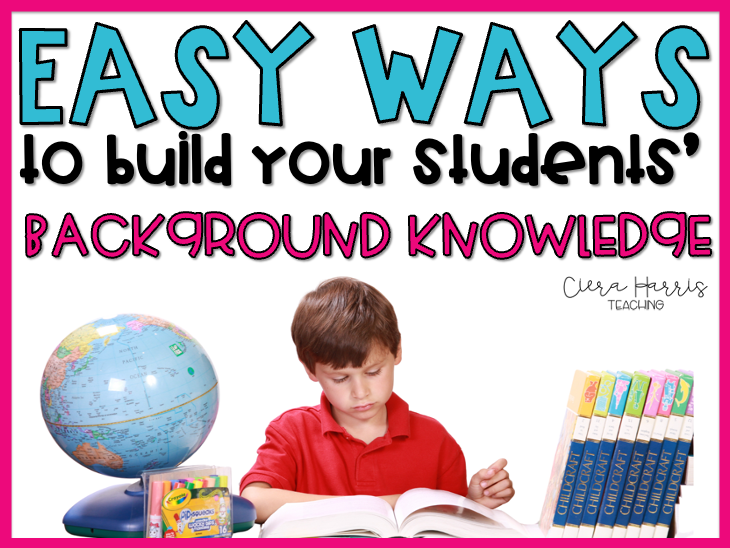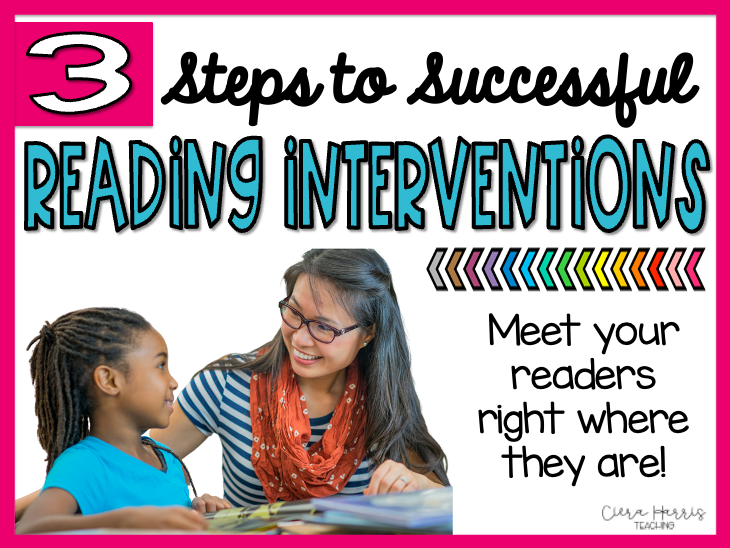Teaching requires a lot of materials. I think that’s one reason why teachers love Target so much! 😉 You need manipulatives, lesson plans, visuals, centers.. I could go on for days! Teaching in small groups for reading or for math is no different! My small group area in my classroom was always full of materials and supplies we needed for the variety of lessons we completed throughout the day. But regardless of what I was teaching or who I was teaching, there are 5 things that I never taught at my small group without!

(This post contains Amazon affiliate links. This means that Amazon sends me a little pocket change, at no cost to you, if you purchase through on of these links. This helps keep my site running and funds giveaways for you!)
Small group resource #1 – Warm Up Activities
This is a smart idea not just to get students’ brains warmed up, but also to get them working as soon as they get to the small group table. So if you need to put out a fire or help a group of students quickly as they transition, you can!
Warm up activities don’t have to be anything big and fancy and they need to be something that students can do quietly & independently without your help. I try to keep mine simple. We do fun and easy phonics mazes to review a variety of phonics skills. It might be a familiar read from last week to get their fluency warmed up. Or even task cards! The point is, I need them to be doing something while they wait for me. It keeps them out of trouble and gives me 1-2 minutes to make sure everything else is moving smoothly before I get to them!
Small group resource #2 – Visuals
As teachers, we all know the importance of using anchor charts when we teach, but sometimes we forget that the importance also carries over into teaching small group. Using visuals in small group, I feel, is sometimes even more important! Students need to interact with something visually to be able to anchor their learning with.
This doesn’t mean you have to create another anchor chart for each small group you have. But it does mean that there needs to be some sort of visual there and ready for students to use to remind them of the importance pieces and components of the objective. I love using my mini reading anchor charts, for example! (These are a part of my close reading toolkits, available on TPT!)

Small group resource #3 – Data pages
Think about it. What’s the point of teaching small groups? It’s to be better able to meet the individual needs of students AND to understand our learners better so we can create meaningful lessons to move them forward in their learning. It’s important to collect data when you’re teaching whole group, but it’s even more important to do it in small group!
Does this have to be hard? No! The harder you make it, the more you won’t use it! I have tried every ‘system’ in the book, and most of them went out the window. Which one didn’t? Using tabs and a notebook! Yes, it’s that simple. At the beginning of the year I made a notebook with a section for each of my students. I bought these pretty tabs on Amazon and wrote names on them. When I meet with students for small group, I make it a point to take notes on what I observe for each student. Yes, it’s that simple!
Small group resource #4 – Highlighter tape

If you were to ask me what is my favorite teaching material of all time, this would be it. I. Don’t. Teach. Without. Highlighter. Tape. I love it! The kids love it! It’s the best teaching i
nvention ever! Ok, well, it is just tape – but we use it every single day!
In reading, it forces students to go back to the text. This is something that needs to become a habit. How do habits become habits? Repeated practice! In math, we use this to find evidence to support reasoning behind decisions they make mathematically. There are so many ways to use them!
Small group resource #5 – Questioning Guide
Asking questions is one of the most powerful tools teachers can use. BUT it takes lots of preparation. Teachers need to know ahead of time what questions they want to focus on. These questions need to be broad and open ended, allowing the most amount of possible answers. This helps to promote critical thinking and allows all students a chance to chime in with an answer or even a partial answer.
I never teach without some sort of questioning guide. There are many available at your local teacher store that focus on Blooms questions or DOK levels. My point is to have something that you can grab to make sure you’re asking the right level of questions to push your students thinking.

What do you love to teach small group with? What are some of your go to resources that help you and your students? I’d love to hear! I hope you found my recommendations helpful! If you want to save this post for later, feel free to pin the image below!





